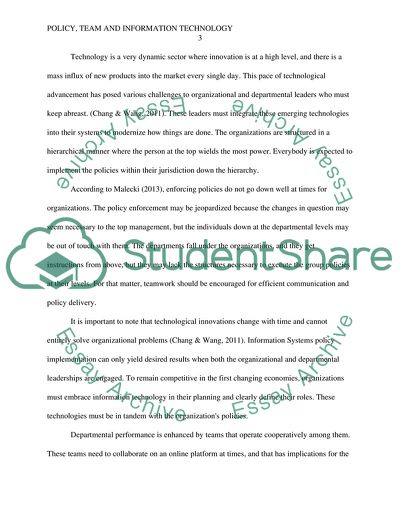Cite this document
(Policy, Team and Information Technology Case Study, n.d.)
Policy, Team and Information Technology Case Study. https://studentshare.org/information-technology/1881570-policy-team-and-information-technology-differences-terence
Policy, Team and Information Technology Case Study. https://studentshare.org/information-technology/1881570-policy-team-and-information-technology-differences-terence
(Policy, Team and Information Technology Case Study)
Policy, Team and Information Technology Case Study. https://studentshare.org/information-technology/1881570-policy-team-and-information-technology-differences-terence.
Policy, Team and Information Technology Case Study. https://studentshare.org/information-technology/1881570-policy-team-and-information-technology-differences-terence.
“Policy, Team and Information Technology Case Study”. https://studentshare.org/information-technology/1881570-policy-team-and-information-technology-differences-terence.


